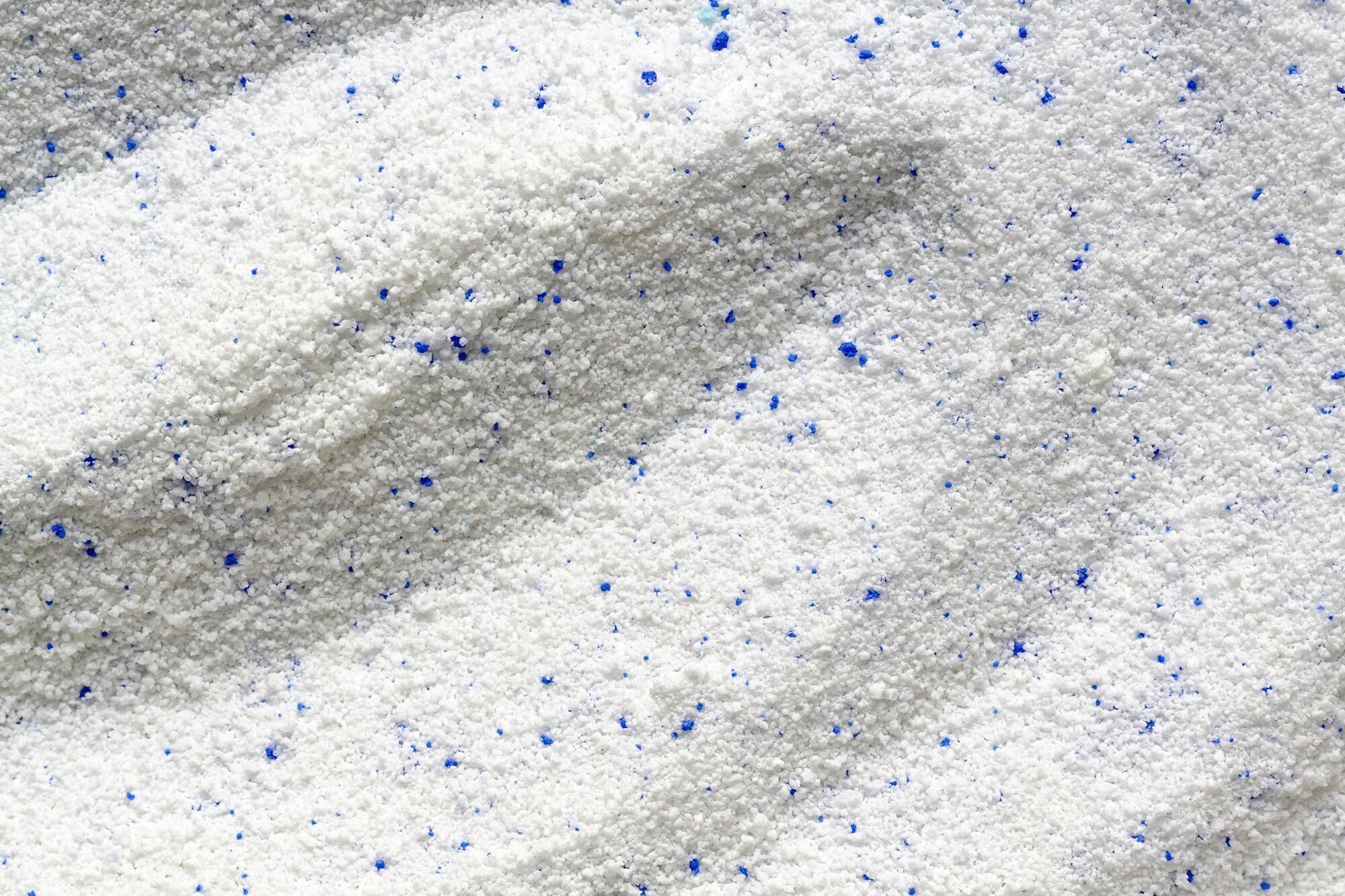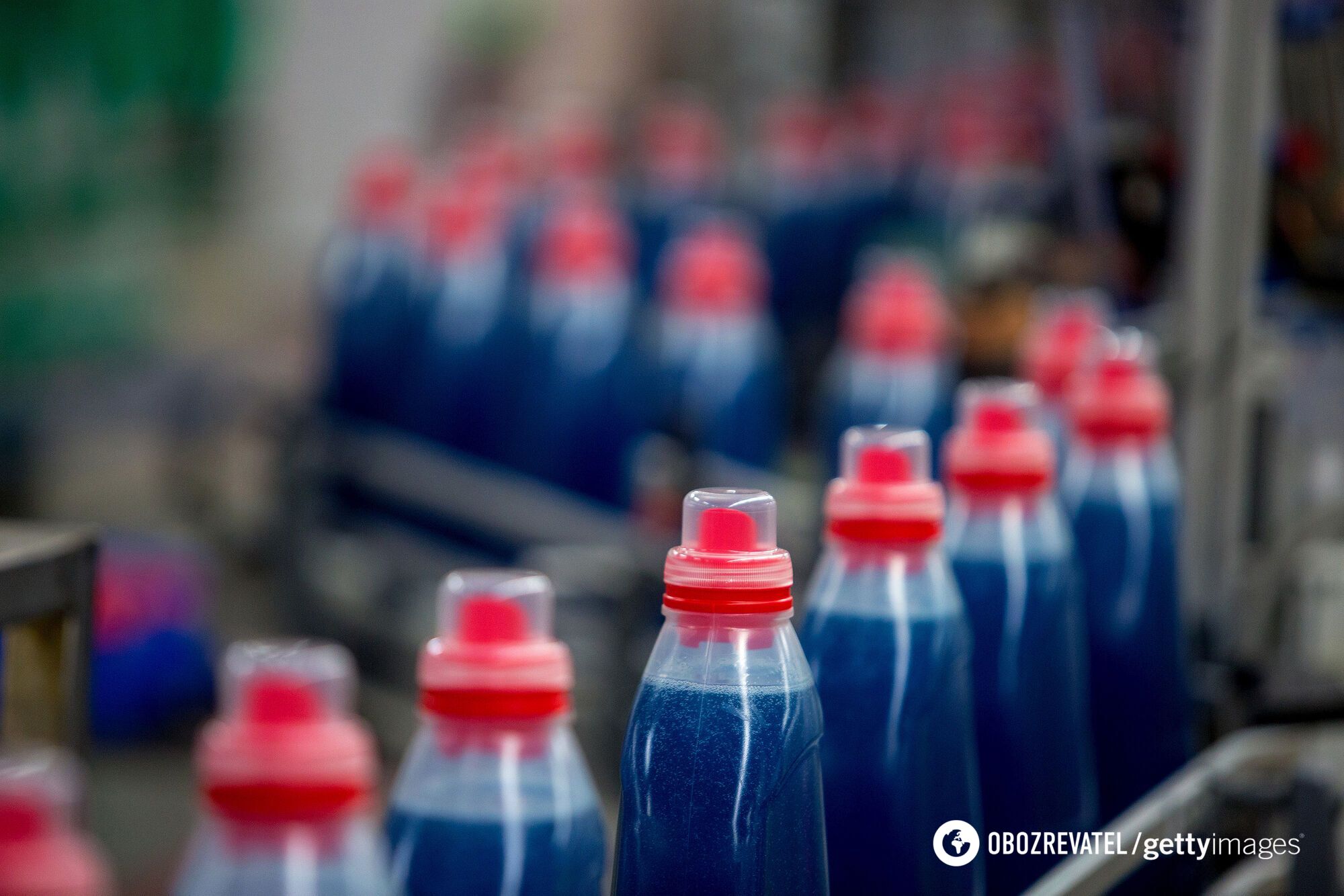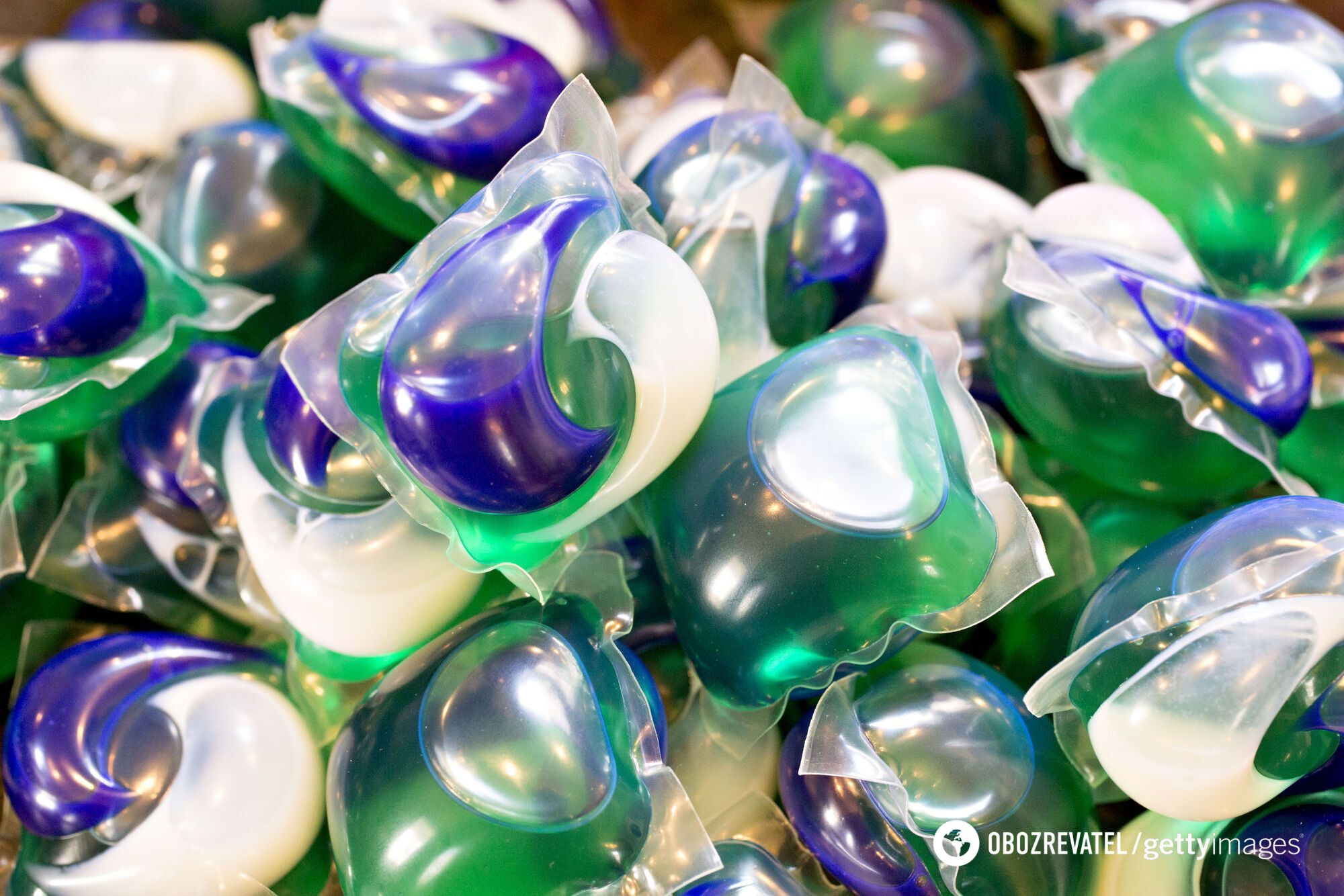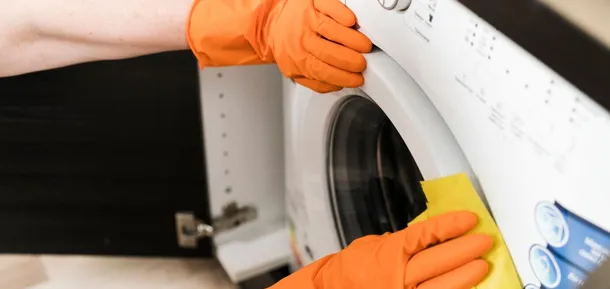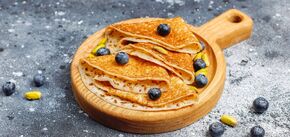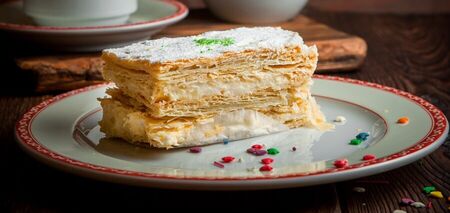News
A chemist explains the difference between liquid and powder laundry detergent: both have disadvantages
Nathan Kilah, a senior lecturer in chemistry at the University of Tasmania (Australia), explained the difference between laundry detergent gel and capsules. According to the scientist, all detergents have both disadvantages and advantages.
The active ingredients in both powders and liquids for washing are "surfactants," also known as detergents. These are usually charged or "ionic" molecules that have two separate parts in their structure. One part interacts well with water, and the other with oils, and this useful property allows surfactants to remove grease and dirt from fabrics and suspend them in water, The Conversation writes.
Modern detergents contain phosphates, water softeners, and other metal "sequestrants" to stop the formation of soap suds. Phosphates can cause algae blooms in freshwater bodies. That's why modern laundry detergent formulations contain less phosphate.
Many products also contain optical brighteners. These chemicals absorb ultraviolet light and emit blue light, which produces the "very white" or "brighter color" phenomenon.
Fragrances are also commonly added to laundry detergents. They are not important for chemical cleaning, but they give the impression that the clothes are fresh.
Washing powders
While detergents and soap-avoidance ingredients are the most important components, they are not the most common. The main ingredients in powders are salts (e.g., sodium sulfate), which add volume and prevent the powder from clumping.
Another common salt added to laundry detergents is sodium carbonate, also known as washing soda – a chemical cousin of baking soda – that helps chemically alter grease and dirt so that it dissolves in water.
In addition, powders often contain oxidizing agents and an additive that creates a mild whitening effect.
Chemically, powders have the advantage that their components can be composed and mixed, but stored separately in solid form (you can see different types of granules in laundry detergent).
Washing gel
The main ingredient in laundry detergent is water. The rest of the ingredients are worth considering in more detail. They need to be stable in the bottle and then work together during the wash. They include powder-like ingredients such as alkaline salts, metal sequestrants, water softeners, and surfactants.
Surfactants in liquid products are often labeled as "ionic" (charged) and "nonionic" (uncharged). Non-ionic surfactants can be liquid by default, making them unsuitable for powdered formulations. Nonionic surfactants suspend oils well in water and do not form soap suds.
However, when using laundry gels, you should consider the consequences for the inside of the washing machine. Liquid products cannot contain peroxides (mild bleaches), which are found in powdered products. The absence of peroxides in liquid detergents increases the likelihood of mold biofilms forming in the machine and bacteria moving between items of clothing.
As an alternative to peroxides, liquids usually contain only optical brighteners.
However, gels do have one advantage over powders: they can be added directly to stains before washing.
Washing capsules
Another popular laundry detergent is capsules – a variant of liquid gel, but in portions. Colorful and candy-like, these products are unsafe for young children and people with cognitive impairments. Another disadvantage is that they eliminate the ability to add less detergent if you use a smaller load or just want to use less detergent overall.
So which is better – powder or liquid?
In reality, the consumer makes a choice based on performance, psychology, cost, odor, environmental considerations, and convenience.
It's worth experimenting with different products to find what works best for you and fits your needs, household budget, and environmental considerations, such as recyclable packaging.
"I wash at 20°C with half the recommended dose of a pleasantly scented laundry detergent packaged in recyclable cardboard containing a wide range of enzymes and an activated peroxide source," the expert said.
Only verified information is available on the OBOZ.UA Telegram channel and Viber. Do not fall for fakes!







